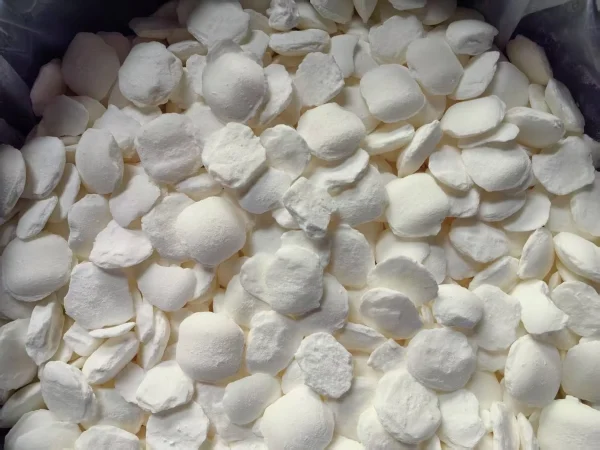
Sodium cyanide solutions play a pivotal role in the extraction of precious metals, especially in the gold mining industry. Given their widespread use, maintaining the stability of these solutions becomes crucial. Sodium cyanide’s chemical reactivity, however, makes it prone to significant losses without proper safeguards.
The Multifaceted Role of Protective Alkali
Preserving Solution Integrity
Adding an appropriate quantity of alkali—termed protective alkali—addresses the instability issue. It serves as a stabilizing agent, reducing chemical losses of Sodium cyanide.
Neutralizing Reactive Compounds
The protective alkali also neutralizes carbon dioxide in the solution. Additionally, it counteracts the acids produced by the oxidation of sulfide minerals, maintaining a balanced chemical environment.
The Pitfalls of Excessive Alkalinity
Despite its importance, an overly high level of alkalinity can impede the extraction process. For one, it slows down the rate at which gold dissolves in the cyanide solution. Additionally, it leads to increased consumption of zinc during the displacement step, which is essential for recovering gold.
Lime: The Preferred Protective Alkali
Cost - Effective Alkalinity Control
Lime is a popular choice for maintaining the required alkalinity due to its cost - effectiveness. It effectively performs the functions of protective alkali.
Flocculation Benefits
Beyond alkalinity control, lime aids in the flocculation of fine - grained minerals and slimes in the pulp. This improves the separation and processing of minerals, enhancing overall operational efficiency.
Optimal Parameter Control in Industrial Settings
pH and Calcium Oxide Concentration
In industrial production, maintaining the solution’s pH between 11 and 12 is highly recommended. This is achieved by carefully controlling the concentration of free calcium oxide (CaO) to 1 - 3 parts per ten thousand. Precise regulation of these parameters is key to ensuring the smooth operation of the cyanidation process. It maximizes the recovery of precious metals while minimizing both chemical losses and production costs.
- Random Content
- Hot content
- Hot review content
- Toxicity Assessment of Sodium Cyanide and Relevant Hazard Prevention Measures
- High Quality Sodium silicate 99% Water glass
- Industrial concentrated nitric acid 55%-68%
- Oxalic acid for mining 99.6%
- High-precision Delay Element( 25ms- 10000ms)
- Booster(Detonating insensitive explosives)
- Potassium borohydride
- 1Discounted Sodium Cyanide (CAS: 143-33-9) for Mining - High Quality & Competitive Pricing
- 2Sodium Cyanide 98% CAS 143-33-9 gold dressing agent Essential for Mining and Chemical Industries
- 3Sodium Cyanide 98%+ CAS 143-33-9
- 4Anhydrous Oxalic acid 99.6% Industrial Grade
- 5Oxalic acid for mining 99.6%
- 6Soda Ash Dense / Light 99.2% Sodium Carbonate Washing Soda
- 7Reagent Grade/Industrial Grade Hydrochloric Acid min.31%
- 1Sodium Cyanide 98% CAS 143-33-9 gold dressing agent Essential for Mining and Chemical Industries
- 2High Quality 99% Purity of Cyanuric chloride ISO 9001:2005 REACH Verified Producer
- 3 High-Quality Sodium Cyanide for Leaching
- 4Powdery emulsion explosive
- 5Industry Grade Electron grade 98% Sulfuric Acid H2SO4 Sulphuric Acid Battery Acid Industrial Sulfuric Acid
- 6Colloidal emulsion explosive
- 7sodium hydrosulfide 70% flakes used Mining Industry


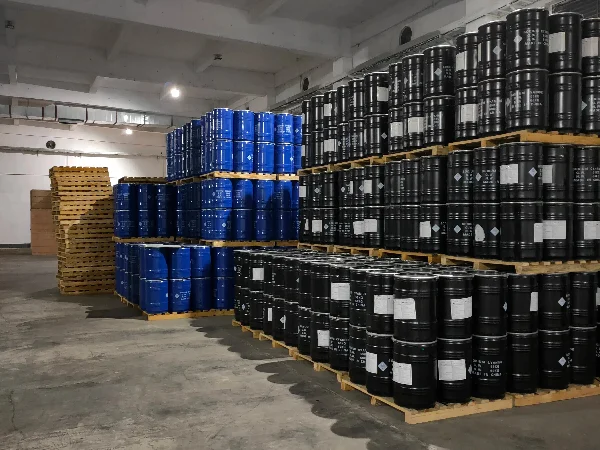
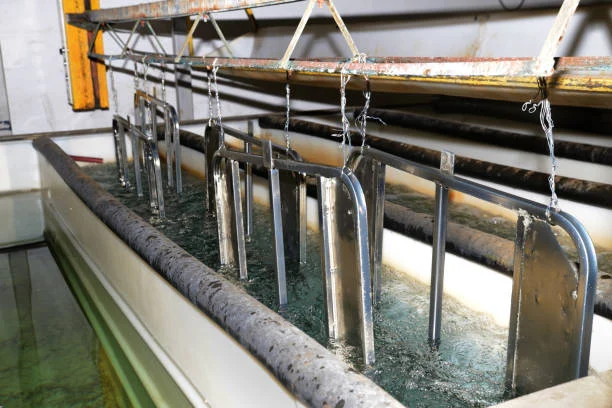
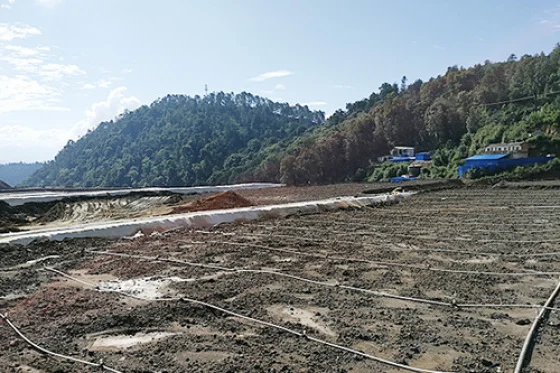


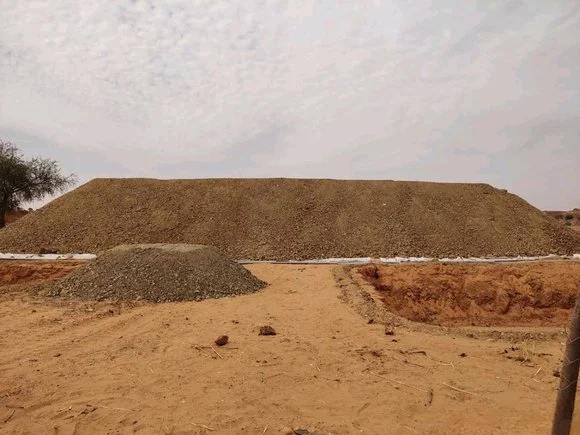

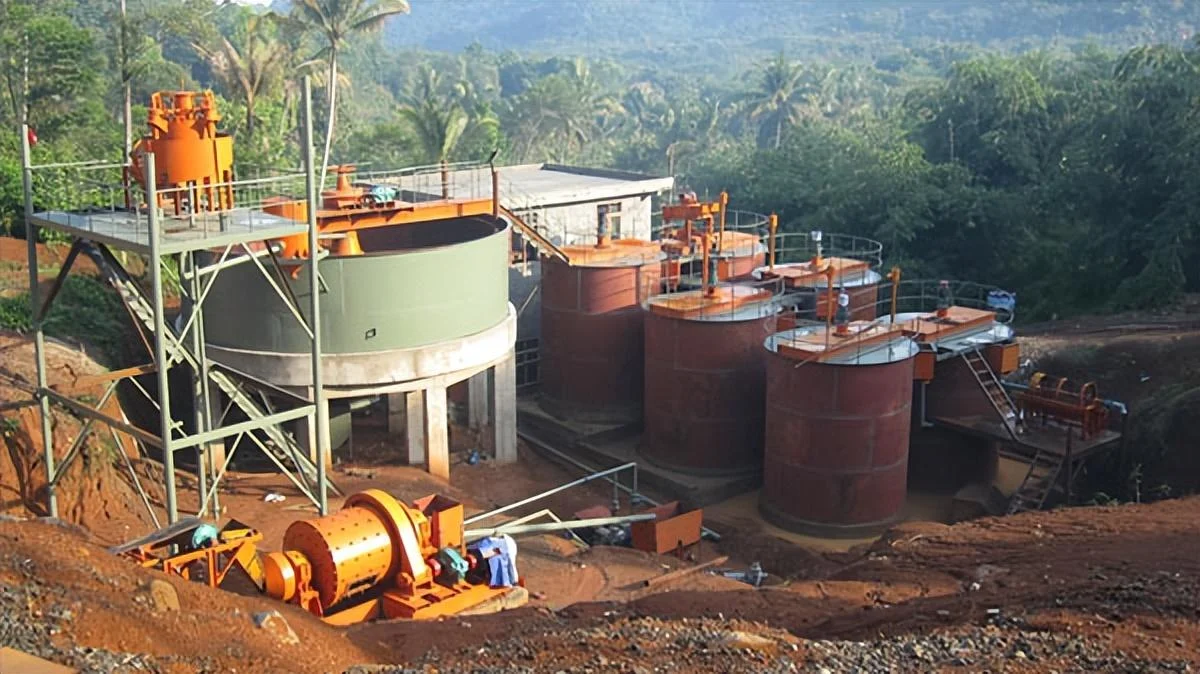


Online message consultation
Add comment: